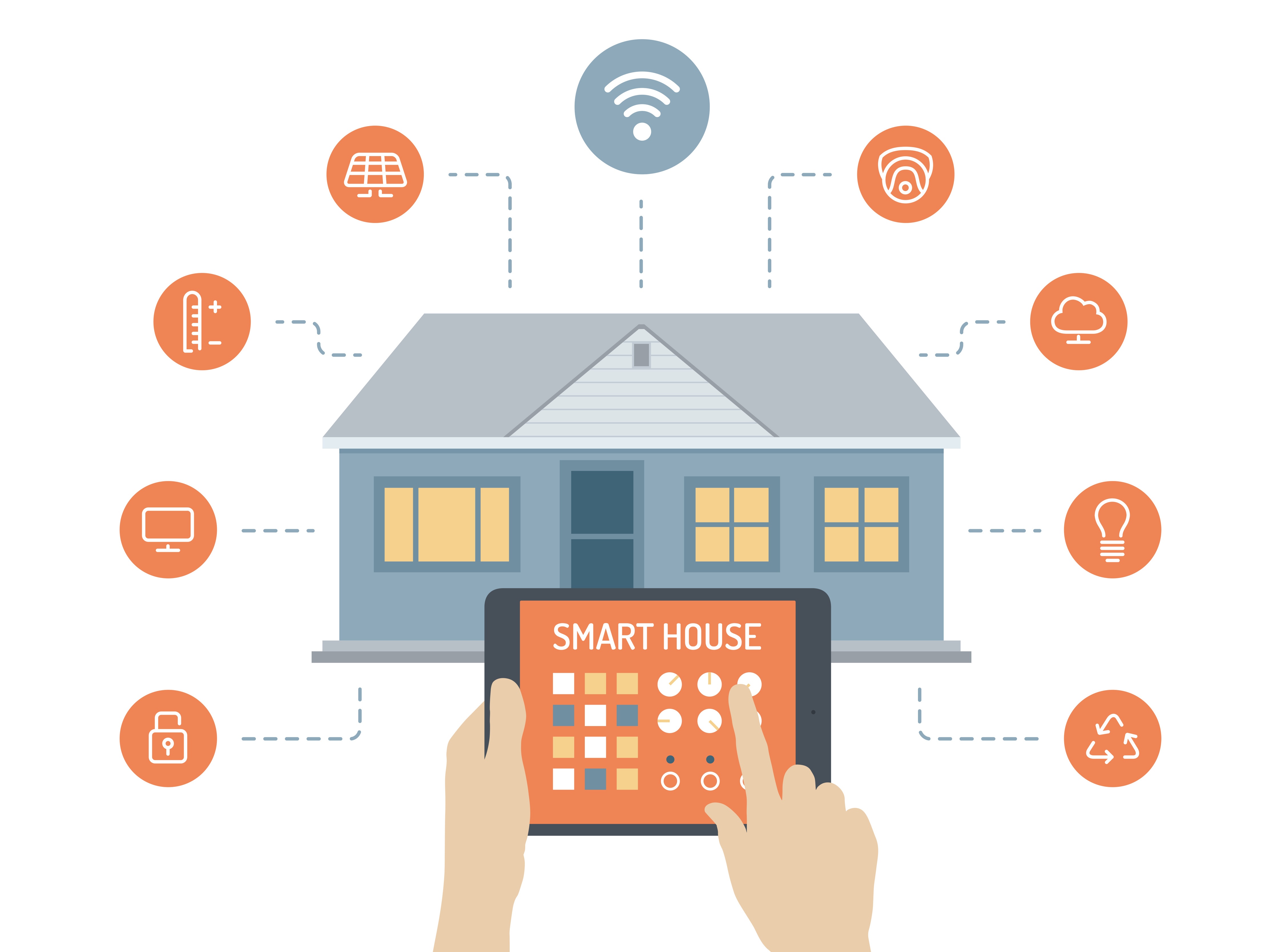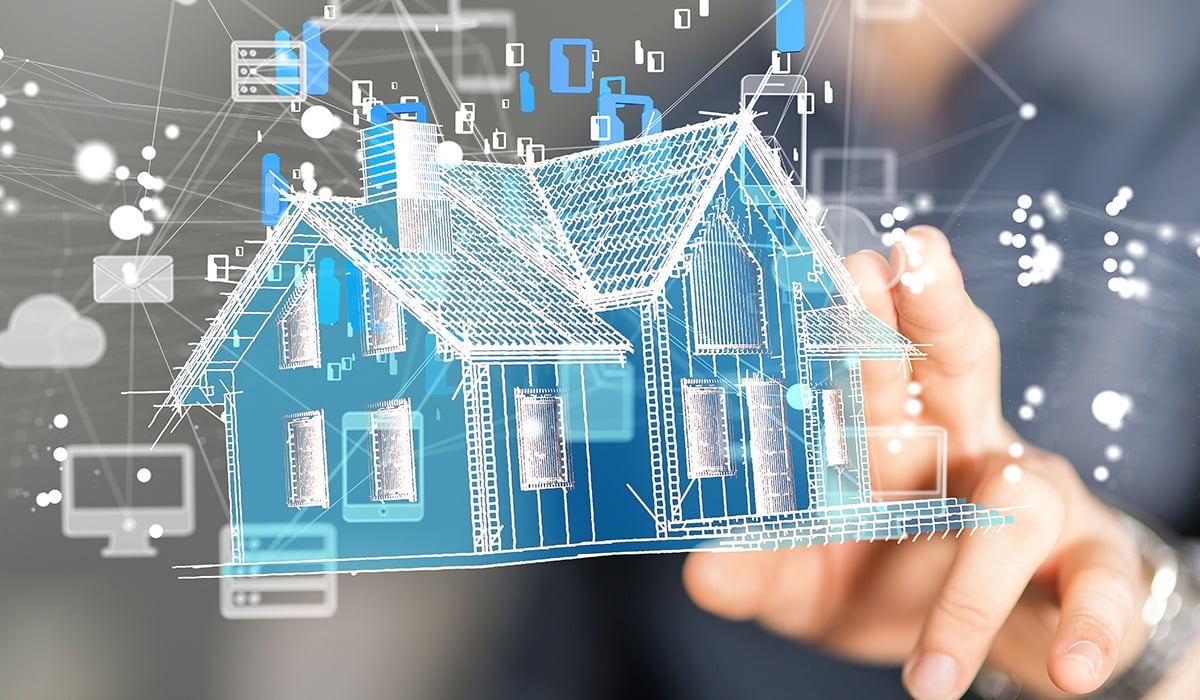Understanding the Basics of Smart Home Technology
Smart homes leverage technology to automate and control various aspects of your living space. This includes everything from lighting and temperature to security systems and entertainment. Think of it as giving your home a brain and nervous system, allowing you to manage things remotely or through automated routines. The core components usually involve a central hub (like a smart speaker or a home automation system), smart devices (lights, thermostats, locks, etc.), and an app to control it all. It’s less complicated than it sounds, and we’ll break down each part.
Choosing Your Smart Home Hub: The Control Center
Your smart home hub is the central nervous system. Popular options include Amazon’s Alexa (Echo devices), Google Home (Nest devices), and Apple HomeKit. Each has its own strengths and weaknesses. Alexa and Google Home boast extensive device compatibility and a wide range of voice commands. Apple HomeKit prioritizes security and privacy, tightly integrating with other Apple products. Consider which ecosystem you’re already invested in—or which one offers the best compatibility with the devices you plan to buy—to pick the best hub for your needs. You don’t necessarily need a hub to start, many devices work independently, but a hub makes things far easier to manage.

Essential Smart Devices for Beginners: Starting Small
You don’t need to replace every appliance in your home to enjoy the benefits of a smart home. Start with a few key devices to get a feel for the technology. Smart lighting is a great place to begin – smart bulbs offer customizable brightness, color, and scheduling. A smart thermostat allows you to control your home’s temperature remotely and program it for energy efficiency. Finally, a smart plug provides remote control over any appliance you plug into it, letting you automate things like lamps or fans.
Setting Up Your Smart Home: A Step-by-Step Guide
Setting up a smart home is surprisingly straightforward. Most devices come with easy-to-follow instructions and accompanying apps. Start by installing your chosen hub and connecting it to your home Wi-Fi network. Then, download the corresponding app and follow the instructions for adding your smart devices. This usually involves connecting the device to your Wi-Fi and pairing it with the hub via the app. Many apps guide you through the process with visual aids, making it simple, even for tech novices.
Mastering Smart Home Automation: Routines and Schedules
Once you have a few smart devices, the real fun begins: automation. Most hubs let you create routines that automate tasks based on time, location, or other triggers. For example, you could set a routine to turn on your lights and adjust the thermostat when you arrive home, or automatically switch off lights at bedtime. This not only adds convenience but can also contribute to energy savings. Start by setting simple routines and gradually add more complexity as you get comfortable.
Security and Privacy in Your Smart Home: Addressing Concerns
Security and privacy are valid concerns when integrating technology into your home. Choose reputable brands with strong security measures. Regularly update the firmware on your devices and change passwords to protect your network. Be mindful of the data collected by your smart home devices and review the privacy policies of the manufacturers. You can minimize data collection by opting for local processing instead of cloud-based storage, wherever possible. Understanding these aspects helps you build a safe and secure smart home environment.
Expanding Your Smart Home: Adding More Devices
Once you’ve mastered the basics, you can expand your smart home ecosystem. Consider adding smart security cameras for monitoring your home, smart locks for keyless entry, or smart appliances like refrigerators and washing machines for greater control and convenience. Research compatibility with your existing hub before purchasing new devices. Remember to take your time and only add devices that genuinely enhance your daily life and align with your budget.
Troubleshooting Common Smart Home Issues: Quick Fixes
Even with their simplicity, smart home devices can occasionally encounter issues. Common problems include connectivity issues, device malfunctions, or app glitches. Start by checking your Wi-Fi connection and ensuring all your devices are updated to the latest firmware. If a specific device isn’t working, try restarting it or removing it from your hub and re-pairing it. Consult the app’s support section or the manufacturer’s website for further troubleshooting steps. Many issues have simple solutions, and online communities often provide helpful insights. Click here to learn about smart homes.
